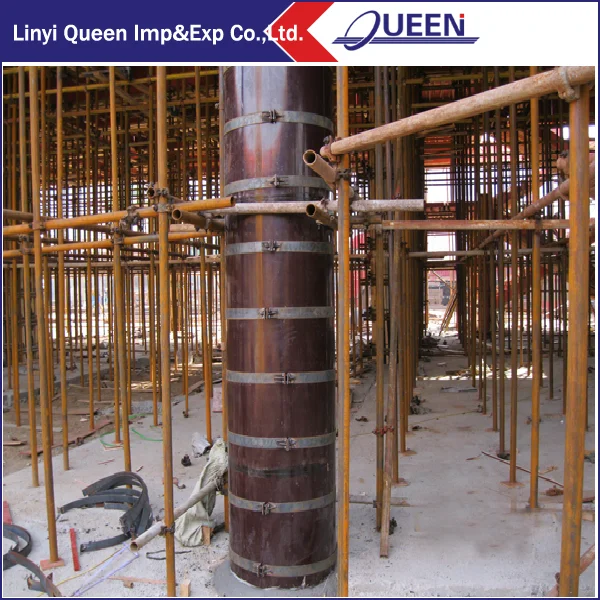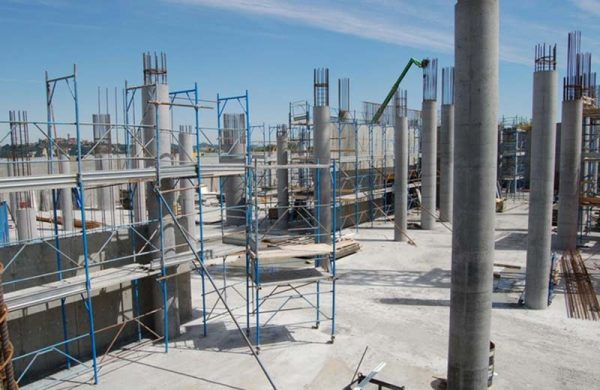


Steps to Pouring Concrete in Columns and Walls This may cause the columns to deteriorate and fail. If concrete is not properly poured in columns and walls, it may lead to sloping layer lines, leaking if water present, and honeycombs. To obtain a consolidated concrete mass that covers iron rods and has low permeability, concrete must be placed in layers and each layer must be properly compacted. Due to their importance and to achieve great strength and durability, concrete must be poured in columns and walls with caution and appropriately. Like columns, reinforced concrete wall is designed as a compression member in case beam is not provided and the load from the slab is heavy or when the masonry wall thickness is restricted. Hence, the concrete in the columns is reinforced with high quality iron rod to give it adequate strength and ductility. Failure of one or more columns may lead to the collapse of the structure. In mega structures and other tall buildings, columns support compressive forces during natural disasters like earthquake and fire. This means that a column is a compression member.Ī column also carries bending moments about one or both of the cross-section axes. Wall Ends – These Radius Foam Inserts are ideal when radius or chamfered wall ends are required.In architecture or civil engineering, a column, which is also called pillar, is a structural element that carries the weight of the structure above (from a ceiling, floor slab, roof slab, or a beam) to other structural elements such as a floor or foundations through compression.Elliptical – Custom made tubes which give you a perfect elliptical shape to your exact specifications.In Tube – Spiral tubes with shaped sections inserted to give you a round ended column.Shutter – Standard spiral formatubes to give you an elongated oval shape.The advanced technology adopted in Formatubes allows for customisation to almost any shape you need.Formatubes form columns of architectural beauty with a smooth clean finish.Designed for maximum safety and ease of use.

Many tubes are re-usable meaning less waste and heavy savings on transportation.

Distinct yellow coloured tubes help to lower the carbon footprint of construction sites around Australia.Once poured and set the tubes can be striped in seconds using Ezystrip Tape, leaving a high quality finish with nothing left to do.Exhibitions, Associations & InformationĮzytube is an innovative new concrete column forming tube which allow for fast and versatile creation of columns for the construction industry.Ceilings, Internal Wall Materials & Partitioning.


 0 kommentar(er)
0 kommentar(er)
